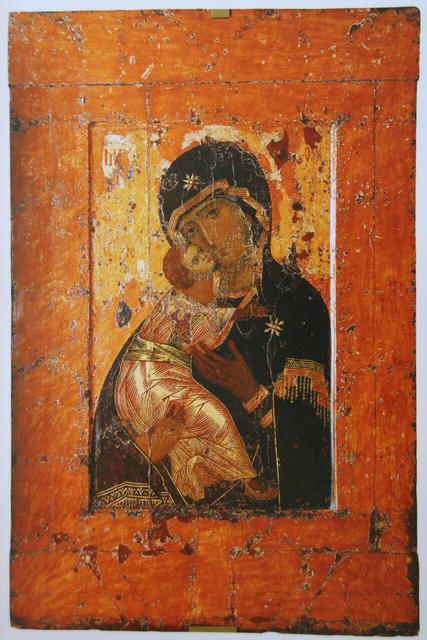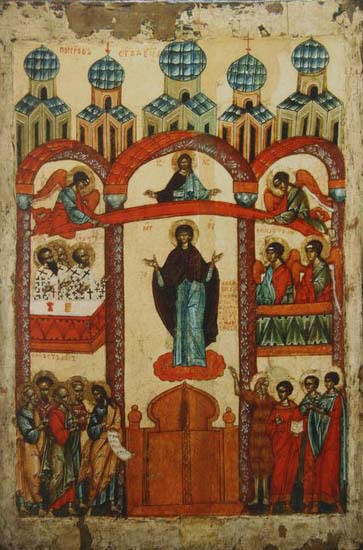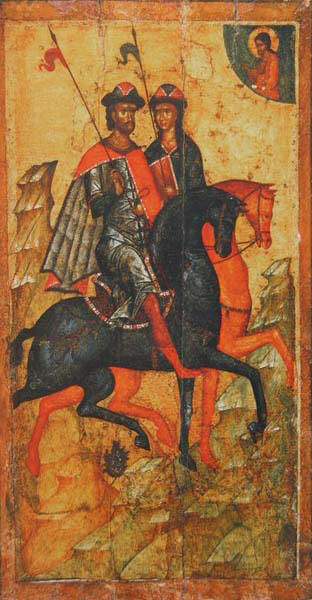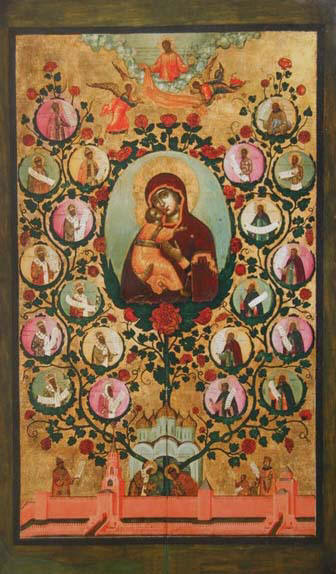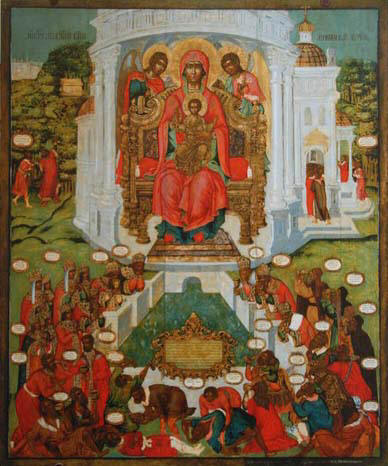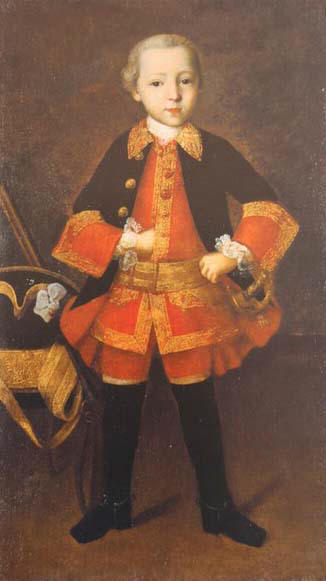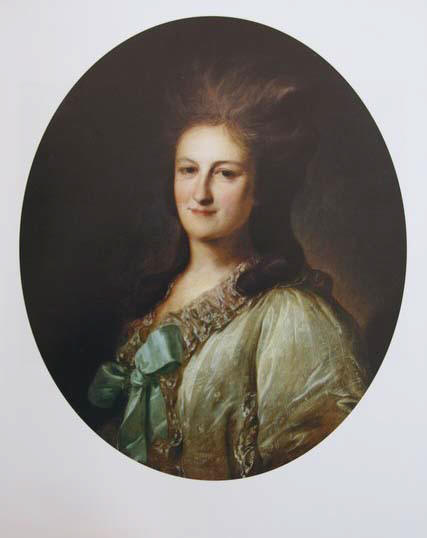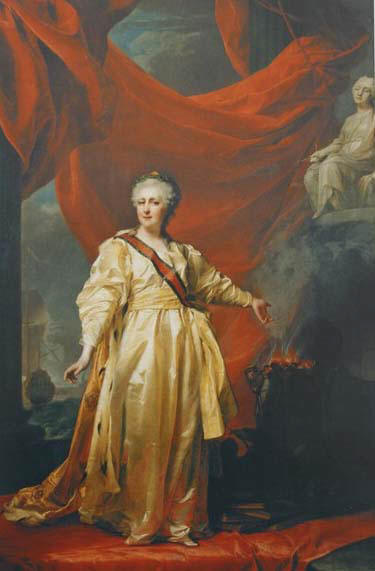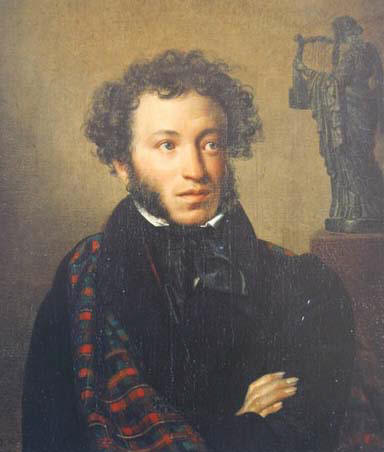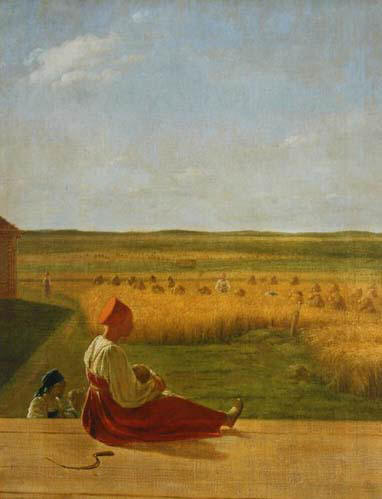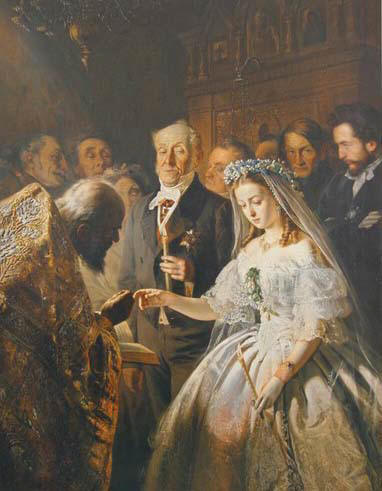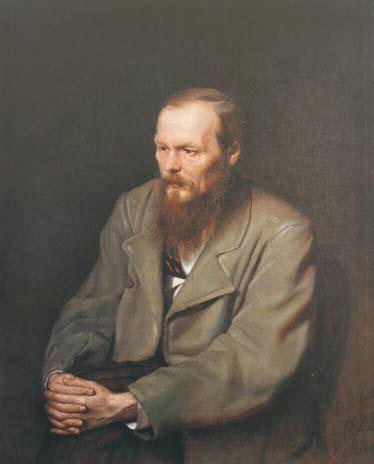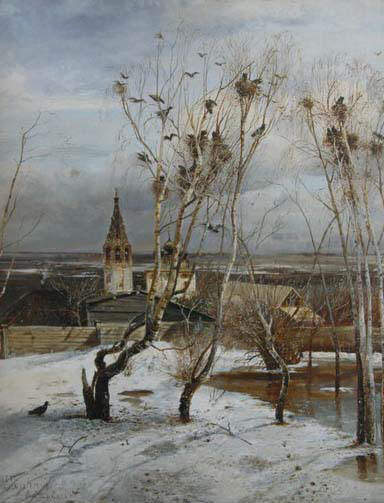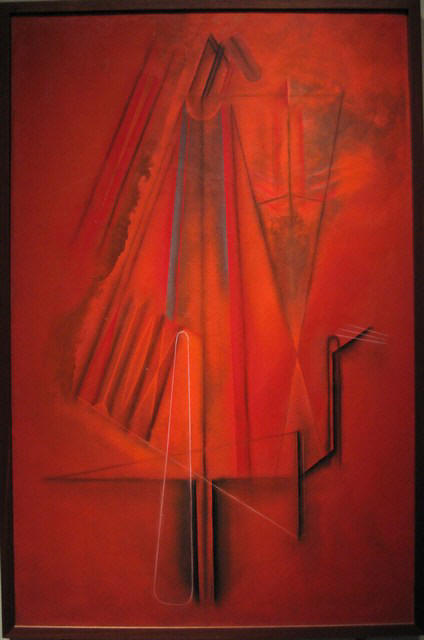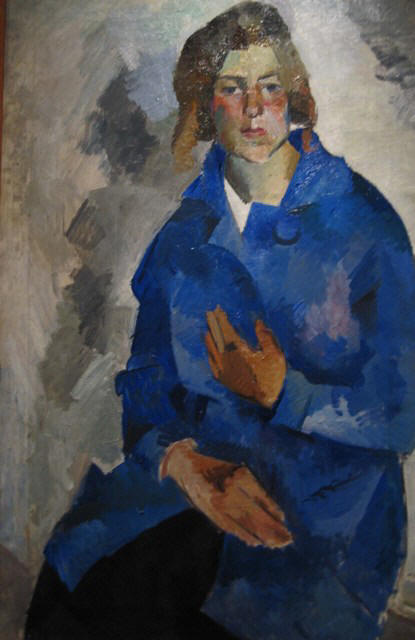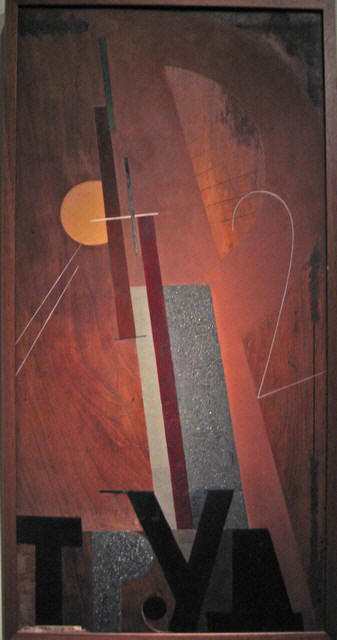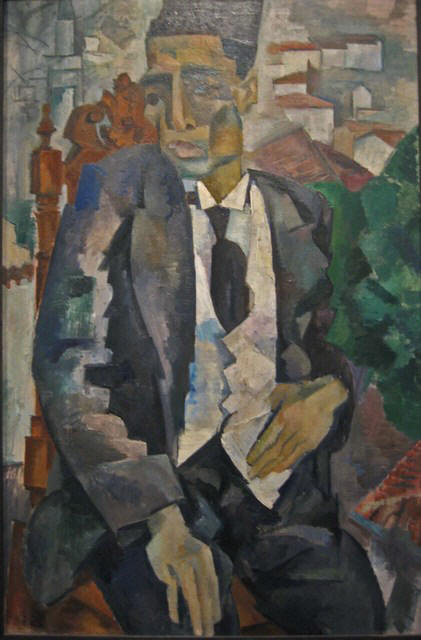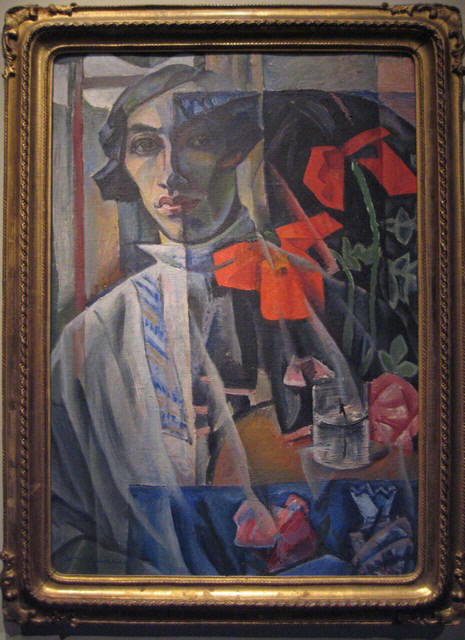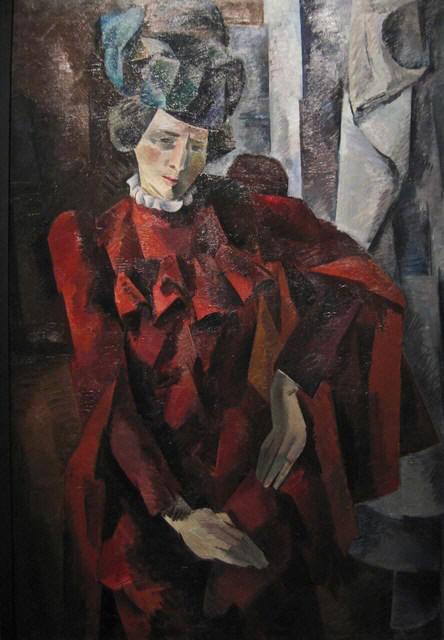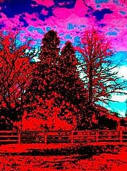
Cedar Gallery
Home
|
Cedar info |
News |
Contact |
![]() Dutch
Dutch

|
|
|
|
|
©photos c.wagenvoorde |
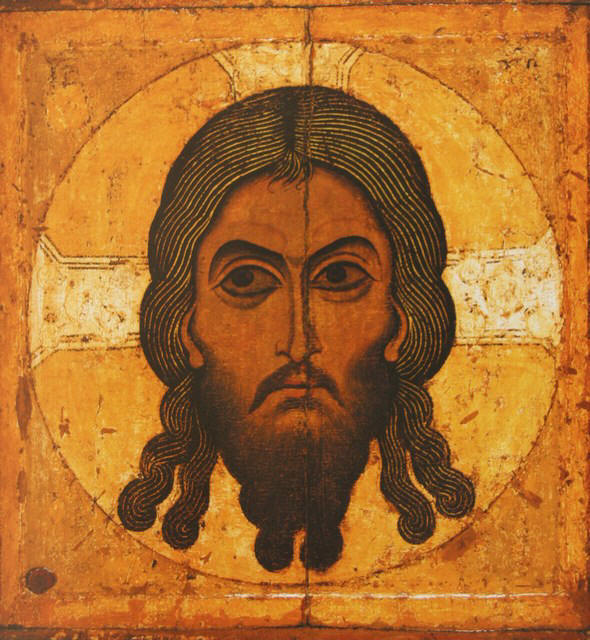 |
The Holy Face (Mandalyon),
1150-1190 According to apocrypha,
Prince Avgar, the ruler of Edessa in Syria, had leprosy. He
heard of Christ, who could heal every pain and sickness. He sent
a portrait painter to Palestine with a letter, in which he
begged Christ to come to Edessa to heal him. Christ could not
come, but he wiped his face with a napkin, leaving a perfect
reproduction of His face on it. That image healed Avgar
and protected the town from Edessa.
|
|
|
Our Lady of Vladimir (Theotokus),
1100-1130 According to legend, the icon was originally painted by St. Luke the Evangelist and brought to Contanstinople. Here a copy was made and sent to Kiev. In 1169 the icon was ceremonially placed in the cathedral of the Dormition in Vladimir. Since then it has been known as "Our Lady of Vladimir". In 1395 it was taken to Moscow, to protect the city.
|
|
|
The Protection of the
Mother of God, 1400-1450 In about 1160 Prince Andrei Bogolyubsky introduced the Byzantine tradition to worship the Protecting Veil of the Holy Virgin in Russia. The tradition took root. It became one of the major religious festivals. In the Novgorod iconography the Veil over the Holy Virgin is held by Archangels and the Virgin is standing above the closed Holy Gates against a symbolic five cupola church.
|
|
|
Saints Boris and Gleb on
Horseback, 1350-1390 Saints Boris and Gleb
werd murdered by their half-brother. The two prince were
canonized around 1072 and are known as protectors of the Russian
land and patron-saints of princes and warriors all over Russia.
|
|
|
The Tree of the Moscow
State: The Adoration of Our Lady of Vladimir, 1668 In the centre of the icon is a medallion with the image of Our Lady of Vladimir, framed in a garland of tree branches. The tree takes root in the Cathedral of the Dormition of the Moscow Kremlin. The branches of the tree are decorated with medallions portraying Moscow Princes and Tsars, Patriarchs and Metropolitans, who through their good deeds and piety made Moscow the political and spiritual centre of Russia. The walls and towers of the Kremlin symbolize the consolidation of the Russian state under the power of the Tsar and the Russian Orthodox Church.
|
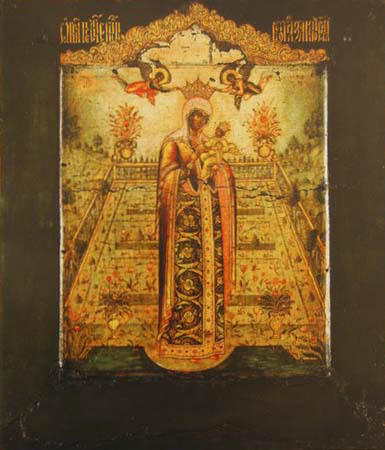 |
Our Lady: The enclosed
Garden, c. 1670 This icon depicts the crowning of the Holy Virgin by the Angels in the Garden of Heaven. The symbolism of the image refers to the biblical text: "A garden enclosed is my sister, my spouse; a spring shut up, a fountain scaled..." An enclosed garden is a symbol of the Ever-Virgin Mary, the red carnation in her right hand a symbol of the blood the Savior shed for us.
|
|
|
Our Lady of the Holy
Well, 17th century According to the legend, Lev Markel met a blind old man while riding in the vicinity of Constantinople. A voice told him to take the old man to a nearby well and wash his eyes with the water of the well, and then to build a church on the site. Lev did as he had been told. This church was dedicated to Our Lady. The water from the well helped curing sick people.
|
|
|
|
|
|
Portrait of Prince Fyodor Golitsyn in Childhood, 1760 Ivan Yakovlevich Vishnyakov (1699-1761) State Tretyakov Gallery, Moscow The prince is depicted in the uniform of a horse-guardsman of the time of Empress Elizabeth Petrovna. |
|
|
Portrait of Varvara Novosiltsova, 1780 Fyodor Stepanovich Rokotov (1735?-1808) State Tretyakov Gallery, Moscow |
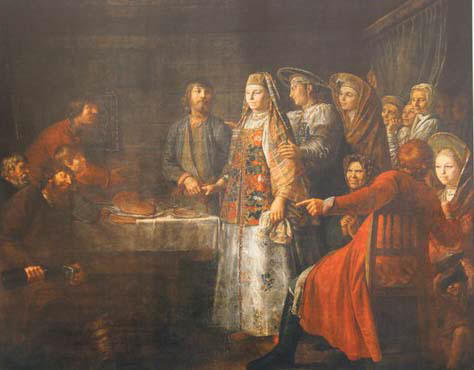 |
Betrothal Celebration, 1777 Mikhail Shibanov (?-after 1789) State Tretyakov Gallery, Moscow Mikhail Shibanov was the first Russian artist who paid attention to folk images and themes drawn from peasant life. The bethrotal consists of the exchange of rings and small presents. The bridegroom comes to see his bride. |
|
|
Portrait of Ekaterina II as a Legislator in the Temple of
the Goddess of Justice, early 1780s. Dmitry Grigoryevich Levitsky State Tretyakov Gallery, Moscow A heavy curtain of red velvet is raised and the "goddess-like" Ekaterina II appears before the viewer, as if on stage. In a ceremonial pose, with an extended hand she indicates the sacrificial altar where poppy flowers are burning ( the poppy is the symbol of sleep). |
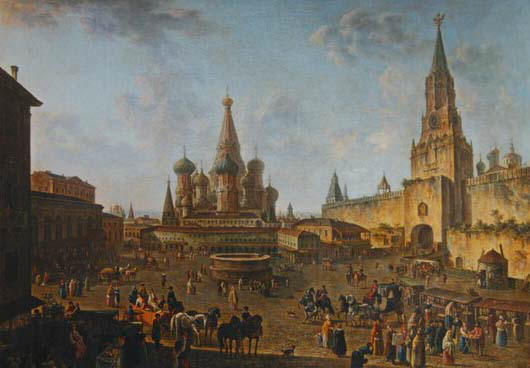 |
Red Square, Moscow, 1801 Fyodor Yakovlevich Alexeev (1753?-1824) State Tretyakov Gallery, Moscow
Emperor Paul I instructed the artist to
travel to Moscow in 1801 to record its views. One of his first
works was a depiction of Red Square with St. Basil's Cathedral,
With the Place of Execution in front of it. |
|
|
Portrait of Alexander Pushkin, 1827 Orest Adamovich Kiprensky (1782-1836) State Tretyakov Gallery, Moscow Orest Kiprenski is the major portrait artist of the first quarter of the 19th century, whose work expressed the new ideals of human individuality derived from romantism. |
|
|
Summer Harvest, mid-1820s Alexei Gavrilovich Venetsianov (17680-1847) State Tretyakov Gallery, Moscow Venetsianov's work is full of idyllic and patriarchal elements. In the noon heat a peasant woman feeds her child. In the painting, mankind is at one with nature. The earth and sky are presented as having an eternal and harmonious closeness. |
 |
Apollo, Hyacinth and Cyparissus, Singing and Making Music,
1831-1834 Alexander Andreevich Ivanov (1806-1858) State Tretyakov Gallery, Moscow
This is the first large-scale painting on
which Ivanov began working in Rome after the year that he had
been in Italy, and represents a major example of Russian
classicism. In a peaceful environment the artist depicts Apollo,
the god of Olympus who was the patron of art and artistic
inspiration, with his young friends. |
|
|
|
|
|
An Unequal Match, 1862 Vasily Vladimirovich Pukirev (1832-1890) State Tretyakov Gallery, Moscow
Vasily Pukirev is prominent among the artists
of the "democratic"movement. He worked most notably in genre
scenes. For the young bride, her marriage to a rich and elderly
high official is clearly against her will. |
|
|
Portrait of Fyodor Dostoevsky, 1872 Vasily Grigoryevich Perov (1834-1882) State Tretyakov Gallery, Moscow This portrait is of the writer Fyodor Mikhailovich Dostoevsky (1821-1881), when he had already written his novels "Crime and Punishment"and "The Idiot". The work was created to a commission by Pavel Tretyakov, who was keen to see portraits of "those dear to the nation" in his gallery. |
|
|
Rooks Arrived, 1871 Alexei Kondratyevich Savrasov (1830-1897 State Tretyakov Gallery, Moscow At the first "Wanderers" movement exhibition in 1871 Alexei Savrasov exhibited this painting. The first viewers responded strongly to this depiction of the beginning of Spring, and the closely-connected range of human feelings. Maybe because the lack of bright colors. Instead of that there is much light-grey and light-blue in it. |
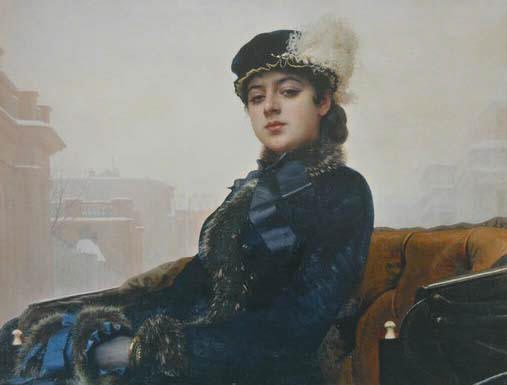 |
The Unknown Woman, 1883 Ivan Nikolaievich Kramskoy (1837-1887) State Tretyakov Gallery, Moscow
|
|
|
|
| ©photos c.wagenvoorde | |
|
|
Colour Form Construction
in Red, 1922 Tyshler was inspired by Constructivism for this composition. He saw his ‘colour form constructions’ as ‘colour-dynamic tensions in space’. They form complex compositions of lively lines against a background of planes of saturated color.
|
|
|
Portrait of Felix
Dzerzhinsky, 1923 Dzerzhinsky was a
Russian revolutionary from Polish decent and the founder of the
Cheka, forerunner of the security service – the KGB.
|
|
|
Portrait of Kira
Alexeyeva, 1919 In 1916 in Crimea Falk met Kira Alexeyeva (1891-1977), the daughter of the famous theatre director and theoretician Konstantin Stanislavsky (1863-1938). Like Falk, Alexeyeva belonged to the new generation of avant-garde artists. They married in 1920 but separated in 1922, after which she left for Europe with her parents and newly born child on a theatre tour. She later became director of the Stanislavsky Museum, which was established in her father’s old apartment several years after his death.
|
|
|
Russia, Labour, 1921 The painting is abstract, but the title refers to the ideals of the new socialist State. Altman was one of the most important representatives of Constructivism, a specifically Russian art movement that appeared just before the Revolution of 1917 and which was characterized by abstract constructions of line, plane and colour.
|
|
|
Portrait of Midkhad
Refatov, 1915 This modest cubist
portrait shows the Crimean Tatar writer, journalist and
political activist Midkhad Refatov (Ahmet Mamut-oglu,
1893-1920).
|
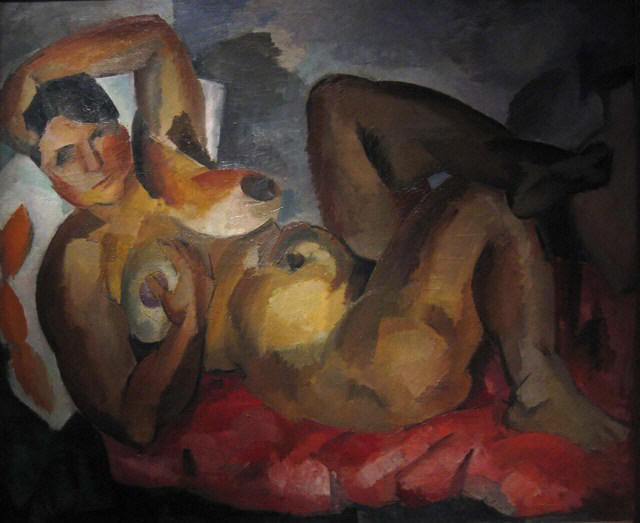 |
Nude, Crimea, 1916 Many Western artists produced a form of primitivism based upon the exotic art of ‘primitive’ civilizations. Russian artists looked towards their own ‘exotic’ territories. Crimea, a cultural crossroads, formed the backdrop for Falk’s primitivist work.
|
|
|
Self-portrait, 1912 While studying in Paris, Altman came into contact with the Cubist works of Pablo Picasso and Georges Braque. In this self-portrait he combines Cubism with the style of ancient Egyptian sculpture, thus accentuating his Jewish features. In this way the portrait is transformed into a manifest of Jewish self-awareness and modernism.
|
|
|
Woman in Red Gown, 1918 This portrait of an unidentified woman is inspired by Paul Cézanne and modern French styles such as Cubism and Fauvism. It is typical of the work of the Jack of Diamonds, a group co-founded by Falk in 1910. The innovative and challenging character of the group is expressed in its name: in Russia the diamond motif was associated with prison uniforms and the Jack was a symbol for art.
|
|
|
|
|
|
|
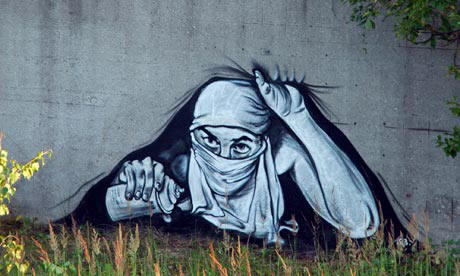 |
Murals
in Moscow by the Russian street artist known as P183.
|
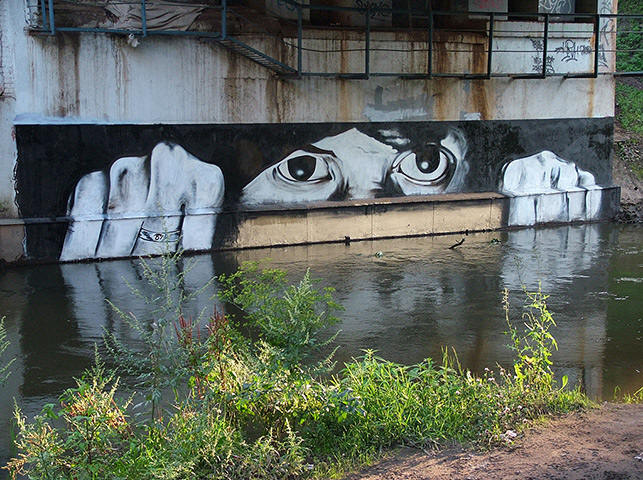 |
P 183 Russian street artist P183 is covering Moscow with his politically charged murals – and says he's doing it for a 'strong, educated and cultured homeland' Decorating the walls of
Moscow with politically fuelled graffiti isn't met with quite
the same admiration as it is in the UK, yet an artist known only
as P183 has made a name for himself by capturing the zeitgeist
of modern-day Russia in his work. |
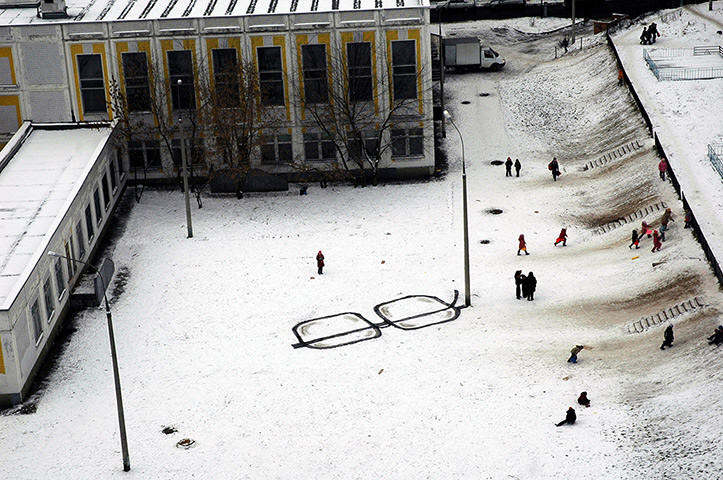 |
P183 first began writing
poems at the age of 11 on the Tsoi Wall in Moscow, which pays
tribute to Soviet musician Viktor Tsoi. Then as he got older, he
began to spray murals elsewhere in the city. Lately he has set
up guerrilla installations, including a giant fork shoveling
industrial piping that looks like a plate of spaghetti. From: The Guardian |
(to be continued....)
